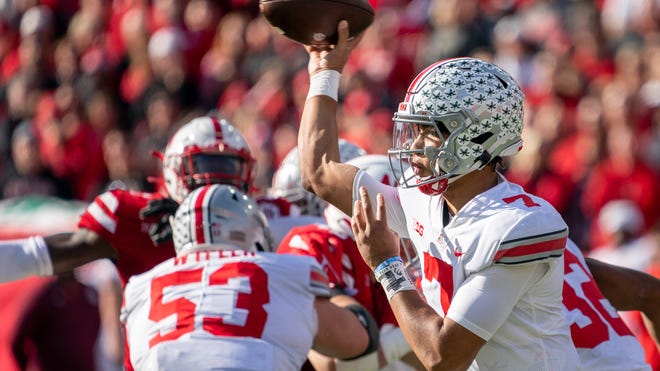

"Social-emotional learning."
"Trauma-informed care."
"Culturally relevant teaching."
Like most fields, K-12 education is filled with jargon. "Critical race theory" is often not on the vernacular list.
But as discord over how race is addressed in schools continues across the country, edu-speak phrases are increasingly being labeled as euphemisms for "critical race theory."
Here's a glossary of some of the most popular misnomers falsely believed to be critical race theory, plus what the terms actually mean.
Let's get one definition out of the way first: Critical race theory is an academic framework that examines if, and how, systems and policies perpetuate racism.
Inside the classroom:Is critical race theory the same as racial equity? Here's what to know
Anti-racism: Anti-racism is the practice of actively countering racism. It moves past passive practices — when someone says they are not racist but do not take action in the face of racist actions — and often requires conscious efforts.
"It's very binary," John Marshall, the chief equity officer for Jefferson County Public Schools, said. "If you're not anti-racist, what are you?"
Culturally responsive teaching: This may also be called culturally relevant teaching.
This teaching approach, as described by scholar Geneva Gay, uses "the cultural knowledge, prior experiences, frames of reference, and performance styles of ethnically diverse students to make learning encounters more relevant to and effective for them."
DEI: This is an acronym for diversity, equity and inclusion. It is often used to lump all diversity, equity and inclusion programs a district or school may be implementing together.
State efforts:Students sound off on Texas lawmakers' efforts to limit how race is taught in schools
'Divisive concepts' ban is New Hampshire law:Will it affect the way teachers discuss race and diversity?
Diversity: Diversity is the practice of having a range of people represented in a group, including those from different races, ethnicities, socioeconomic classes, genders or sexual orientations.
Equality: Equality is the concept that all people — or, in education's case, students — get the same opportunities and resources, regardless of need.
Equity: Equity is when people — again, in this case, students — receive the supports and resources they need in order to be successful, even if that means people receive different levels of resources.
In cases of gender and racial equity, Eastern Kentucky University professor Roger Cleveland said, "measures must often be put in place to compensate for the historical and social disadvantages" that kept the playing field from being initially level.
Implicit bias: Implicit bias, Cleveland said, "refers to the attitudes or stereotypes that affect our understanding, actions, and decisions in an unconscious manner."
This is different than explicit bias, which is when a person is knowingly aware that they are discriminating against a set of people.
Inclusion: Inclusion takes diversity a step further, ensuring that a range of people are first represented and then feel valued in a group.
In education, this often includes understanding different students' needs and accommodating for those needs to allow a student to fully participate in school.
Intersectionality: Intersectionality is the theory that a person's identities — including race, gender and class — don't act independently but are interconnected, creating a web of varying experiences with privilege and oppression.
Restorative justice: This may also be called restorative practices.
Restorative practices center on rebuilding relationships after harm has been done, with the belief that students are more likely to change their behavior once they understand its impact.
These practices can used as an alternative to discipline for smaller behavior issues in schools. They can also be used proactively to help students understand their emotions before a behavior issue happens.
California:School district apologizes for 'racism, classism' after tortilla-throwing incident
Social-emotional learning: This is the process of how kids "develop healthy identities, manage emotions and achieve personal and collective goals, feel and show empathy for others, establish and maintain supportive relationships, and make responsible and caring decisions," according to the Collaborative for Academic, Social, and Emotional Learning.
Systemic racism: Sometimes called institutional racism, this is when institutions like governments or school systems perpetuate racism and racial inequities through policies.
What is systemic racism?:Here's what it means and how you can help dismantle it
Trauma-informed care: Trauma-informed care in education seeks to recognize signs of childhood trauma or adverse experiences in students to better help them.
This approach tries to move from asking “What is wrong with this person?” to “What has happened to this person?"
White privilege: White privilege is the idea that Caucasian people inherently benefit from the color of their skin in some societies. Francis Kendall described white privilege as "having greater access to power and resources than people of color do."
White privilege does not mean everything a white person has accomplished was unearned, nor does it mean white people do not struggle.
Follow Olivia Krauth on Twitter at @oliviakrauth.








